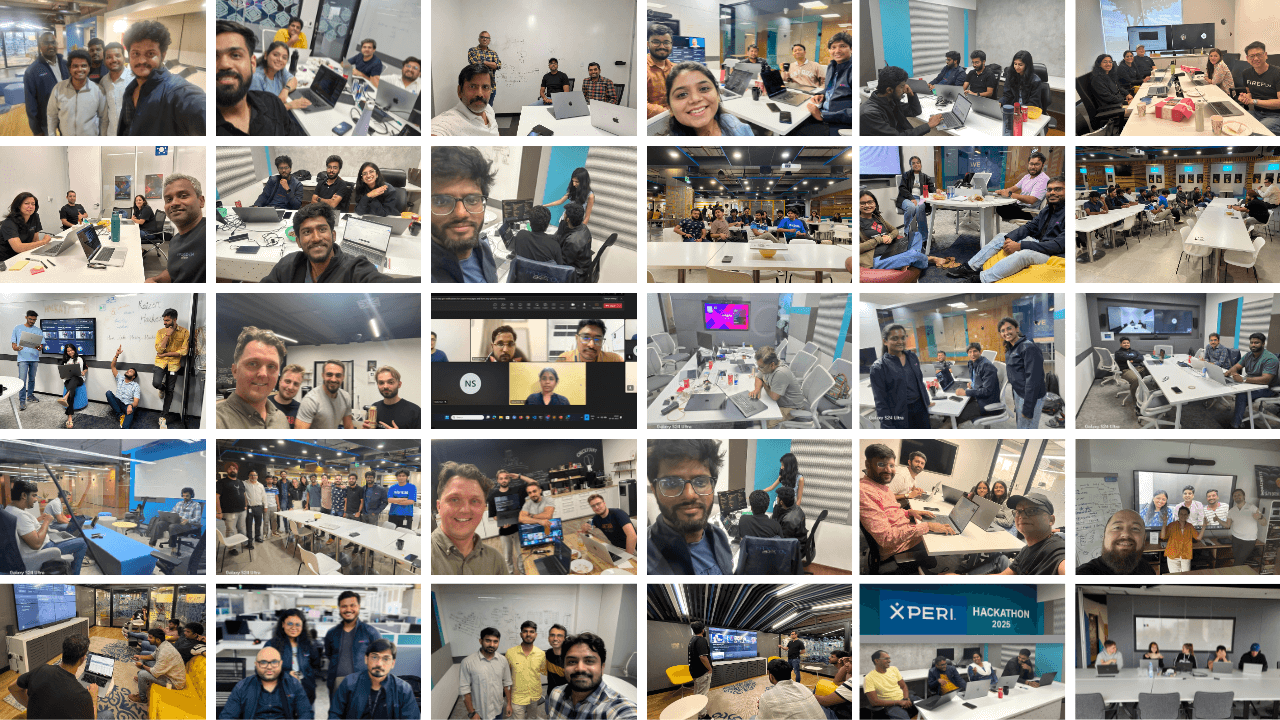In nature, evolution doesn’t happen within a rigid framework. In the simplest terms, evolution is a response to changing conditions. In the business world, especially with regard to technology companies, innovation is a lot like evolution: it requires certain conditions to change for things to progress.
Innovation — the lifeblood of every tech company — requires creativity from individuals’ minds and collective labor. To be innovative, these individuals must be in an environment where their imagination can flourish. That can only happen if they feel safe enough to take risks, experiment and test that unproven theory of theirs.
Companies have to pay attention to their bottom line, of course. That’s always been the case and always will be. But you only build a culture where industry-altering innovation happens by creating a culture where that innovation can thrive.
But the question remains: How do you create a culture of innovation?
Every company is different, and no one needs to follow a step-by-step process to nurture a culture of innovation in a start-up company, let alone to foster an innovation culture in an established company if that company has struggled to innovate. Certain conditions need to exist for a culture of innovation to become firmly rooted within an organization. One of the most important is a feeling of psychological safety throughout the organization.
Establishing healthy communication and psychological safety
Leaders must create an environment where teams healthily manage conflict, individuals can safely express dissenting opinions, and all options are aired, listened to and received. Many product development teams have failed, often mainly because the team members who raised concerns were ignored, pushed out of the team or simply quit in frustration. When things like this happen, it can take a team years to recover, with lingering concerns that leaders won’t listen if they raise their hand again.
An organization must become capable of setting up a culture or at least a system that allows it to learn from its failures. There are going to be failures — that’s the nature of innovation. No company hits a home run on every product they try to develop. We must ask ourselves how we learn from these failures to improve our future products.
Where high performing teams require the essential building blocks of areas such as talent and skills, motivation and engagement and effective leadership, it is psychological safety – the golden thread – that connects these pieces and creates the foundation. Amy Edmundson, widely considered the authority on psychological safety, describes psychological safety as, “the belief that the work environment is safe for interpersonal risk taking.”
So, how do we establish that psychological safety? You can take small steps by checking in with folks when you start a meeting, “How are you doing today? You can give me a thumbs up, give me a thumb sideways, give me a thumbs down.” Take a moment to learn where everyone is mentally in that moment, and how engaged they are going to be. Let them know that it’s okay to not be engaged sometimes. We are all human.
As a leader of a team, it’s also okay to say, “I don’t know,” and “Can I have some time to think about that?” Being vulnerable as a leader is vitally important to modeling the behavior that you want to see on the team. If you’re having a rough day, it’s okay to tell your team, “I’m going to be honest today folks, I’m not having the best day today.” When you do this, it lets people know that they too are allowed to express their humanity.
Setting expectations is essential. Generally speaking, teams exhibit higher performance and are more engaged when expectations are clear, work routines and practices are aligned, and psychological safety is the norm. This combination of clearly communicated expectations and psychological safety helps to create the fertile ground in which innovation can take root.
Creating communities of practice
As companies grow, they often face challenges in managing their expansion. At tech companies, different teams like R&D, product management, marketing and sales can become isolated in their ways of thinking, making coordination and cooperation suffer. These isolated teams — frequently called “silos” — may end up competing rather than cooperating, leading to inefficiencies and fragmentation.
When information, expertise and decision-making get trapped in these various silos, efficiency suffers, and innovation cannot thrive. In such organizations, it is not typical for anyone in one silo to have a reason to talk to or work with anyone in another silo. Consider the consequences of this way of working. On the surface, it may seem like teams are executing and doing good work. Upon a closer look, you will find fragmentation in how individuals and teams approach their work, duplication of efforts, wasted resources and opportunities squandered, ultimately resulting in a lack of a shared sense of purpose.
Our company has recently begun to utilize a model known as communities of practice. While this is relatively new to us, it is not a new concept generally. A community of practice is a group of people who share a concern or a passion for something they do and learn how to do it better as they interact regularly. As an example, our product management community of practice comprises individuals who work in the product function from across our organization’s vertical functions. The thinking goes that product managers, regardless of their vertical, share far more in common than any vertical differentiating factor. When we take our product managers and unite them together in the sense that they see each other as members of the same community (even while they may work on solving very different vertical market challenges), the whole organization is strengthened.
Building a community of practice isn’t another superficial team-building exercise. Having the structure of a community of practice will drive better business outcomes, accelerate alignment, and foster innovation.
Looking forward
Fostering a culture of innovation is essential for organizations to thrive in today’s dynamic business landscape. Leaders must prioritize creating an environment where creativity flourishes, empower teams to embrace risks and understand that failures are growth opportunities. Establishing psychological safety enables open communication and collaboration among team members while communities of practice break down silos and accelerate innovation. Investing in soft skills like communication and collaboration ensures long-term success and enables companies to deliver superior customer experiences. Embracing a culture of innovation isn’t just about thinking differently — it’s about taking concrete actions to drive tangible results and sustainable growth.



